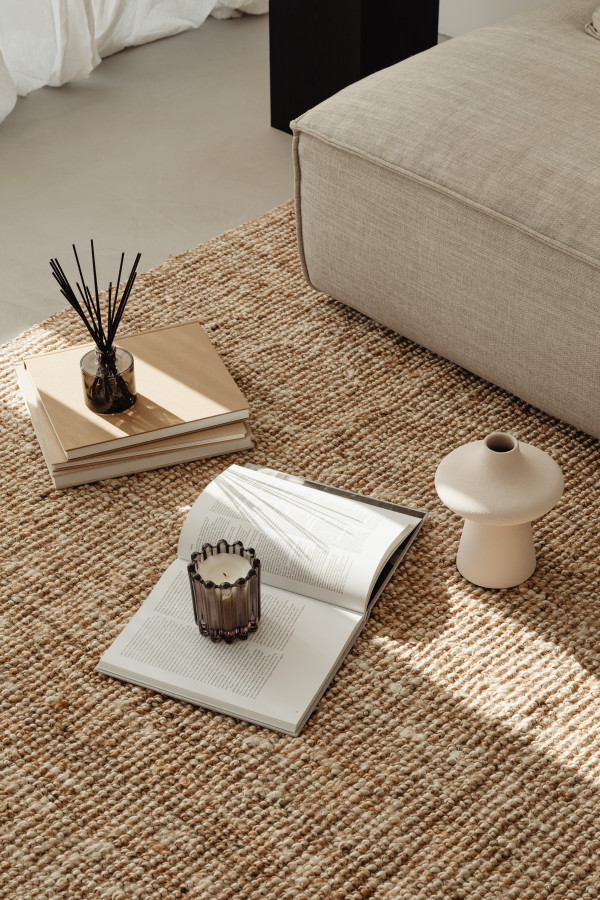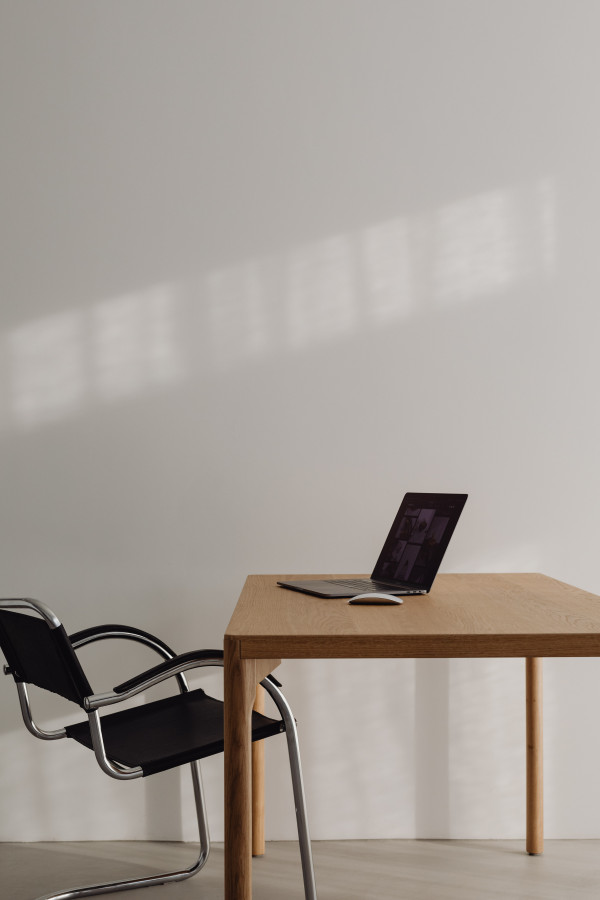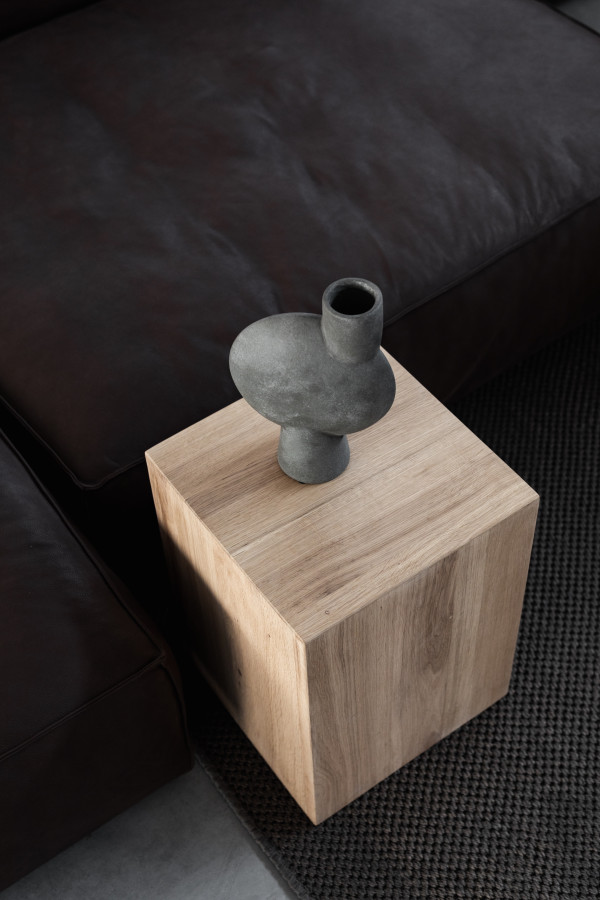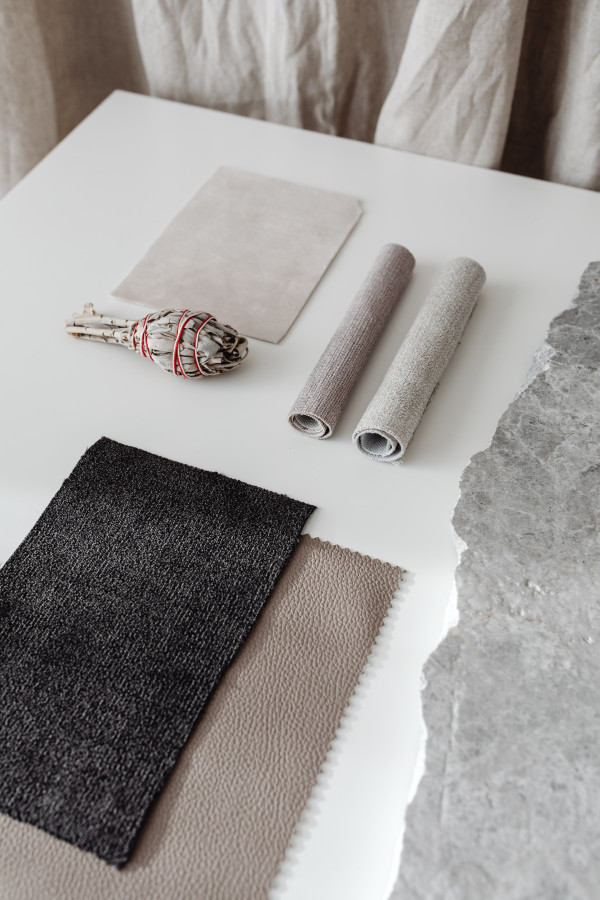In the realm of interior design, a quiet but powerful revolution is well underway, redefining luxury through the lens of simplicity and authenticity. This renaissance, if you will, is a return to a material-focused design philosophy where the innate beauty of natural wood, the raw elegance of stone textures, and the understated sophistication of metal hardware take center stage. This design trend is not just about aesthetics; it’s about creating spaces that resonate with authenticity, warmth, and a deep connection to the natural world.

Visual Identity Of A Space
The visual identity of a space is essentially its unique personality or character. It is what sets one space apart from another and leaves a lasting impression on those who experience it. In interior design, the selection of materials plays a crucial role in shaping the visual identity of a space.
Each material brings with it its own qualities and characteristics, allowing designers to create different styles and atmospheres within a single space. This is why the use of various materials, such as wood, stone, and metal, is often incorporated in interior design.
Wood, with its warmth and natural beauty, adds a sense of comfort and earthiness to a space. It can be crafted into intricate details or left in its more rustic form, making it versatile for different styles and preferences. Stone, on the other hand, offers a sense of elegance and luxury with its natural veining and diverse color spectrum. From marble to granite, this material can transform walls, floors, and countertops into works of art.

To add a modern edge to the design, metal hardware in chrome or steel finishes is often used. These elements act as jewelry for the space, adding a touch of sophistication and glamour. In contrast, natural elements like plants and water features can bring a sense of tranquility and freshness to the space.
Aside from these structural materials, the selection of wall coverings, flooring, furniture, fabrics, and decorative pieces also plays a significant role in shaping the visual identity of a space. These details are what truly bring life and character to a room, revealing the personality and style of the designer and the inhabitants.
In addition to aesthetics, materials also have functional purposes in interior design. Durability, ease of maintenance, and sustainability are all important factors that must be considered when choosing materials.
The Essence of Material-Focused Design
The resurgence of material-focused interior design is rooted in a desire to reconnect with the natural elements and to foster spaces that promote tranquility, sustainability, and resilience. In this approach, materials are not just the backdrop but the lead actors in the story of a space, with each texture, color, and finish reflecting its intrinsic character.
Natural Wood:
The warmth and versatility of wood make it a centerpiece material in this trend. From oak and walnut to more exotic species, wood can be crafted into intricate details or left in its more natural, rustic form, bringing a sense of earthiness and comfort to any room.
Stone Textures:
The cool sophistication of stone — whether it’s marble, granite, or limestone — adds a layer of timeless elegance and tactile contrast to interiors. Stone’s natural veining and diverse color spectrum can transform walls, floors, and countertops into works of art.
Metal Hardware:
The use of metal hardware in chrome or steel finishes introduces a modern edge to the design, offering a sleek counterpoint to the organic nature of wood and stone. These elements act as jewelry for the space, providing subtle gleams of refinement.

Material Mastery Amongst Interior Styles
The Modern Sanctuary: Imagine a minimalist living space where the warmth of walnut cabinetry contrasts with polished concrete floors and white marble countertops. The tactile experience of these materials draws the inhabitant into a deeper appreciation of the craftsmanship and design intent.
The Urban Retreat: In a loft apartment, exposed steel beams and a chrome-accented kitchen celebrate industrial materials while maintaining a refined aesthetic through smooth stone surfaces and rich wooden accents. This blend creates an oasis amidst the urban buzz.
The Rustic Haven: A vacation home uses rough-hewn wooden beams and stone fireplaces to anchor its design, creating a dialogue between the architecture and the surrounding landscape. Chrome fixtures and hardware add a hint of modernity, bridging the gap between rustic charm and contemporary living.
Midcentury Materiality: Midcentury modern design is known for its use of natural materials such as wood, stone, and leather. These materials are often combined with vibrant pops of color and geometric shapes to create a playful yet sophisticated look.
Contemporary Cool: In contemporary interior design, the focus on clean lines and minimalism allows the materiality to take center stage. Sleek surfaces like concrete, glass, and metal are used to create a sense of cool sophistication, while natural materials like wood and leather add warmth and texture.
The Art of Material Mixing: One of the most exciting aspects of interior design is the ability to combine different materials for a truly unique look. Mixing metals with woods, or pairing rough textures with smooth surfaces, adds depth and interest to a space.

Why Material-Focused Design Matters
This natural movement back toward material-focused design represents more than just a trend; it signifies a paradigm shift in how we define luxury and comfort in our living spaces. Materials with integrity — those that are sustainably sourced, beautifully aged, or skillfully crafted — carry stories and energies that synthetic alternatives cannot replicate. By choosing materials that resonate on a deeper level, designers and homeowners alike can create spaces that are not only visually stunning but also emotionally enriching.
The renewed appreciation for materials in their most authentic form challenges us to look beyond the superficial and to find beauty in the raw, the unrefined, and the real. By doing so, we can craft spaces that reflect our values, our histories, and our connection to the world around us. Whether it’s a luxurious urban retreat or a cozy rustic haven, the right materials can elevate any living space and especially smaller living spaces to create an experience that is truly unique.
So next time you design or decorate a home, remember to let the materials speak for themselves – they may just surprise you with their ability to transform a space into something extraordinary. So embrace the power of materials and see how they can bring your vision to life. Let the textures and tones guide you towards a space that is not just aesthetically pleasing, but also meaningful and authentic. This approach to design promotes sustainability and mindfulness, reminding us of the beauty that surrounds us and encouraging us to live in harmony with nature.
